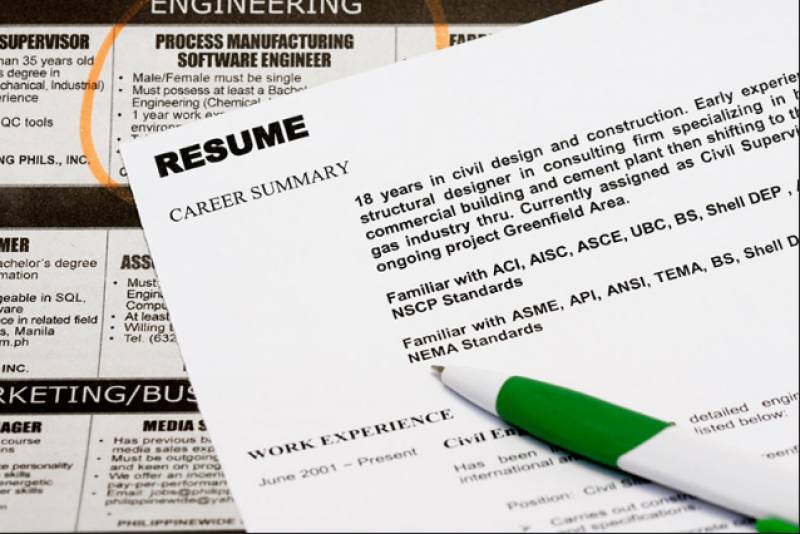- Region
- Águilas
- Alhama de Murcia
- Jumilla
- Lorca
- Los Alcázares
- Mazarrón
- San Javier
-
ALL AREAS & TOWNS
- AREAS
- SOUTH WEST
- MAR MENOR
- MURCIA CITY & CENTRAL
- NORTH & NORTH WEST
- TOWNS
- Abanilla
- Abarán
- Aguilas
- Alamillo
- Alcantarilla
- Aledo
- Alhama de Murcia
- Archena
- Balsicas
- Blanca
- Bolnuevo
- Bullas
- Cañadas del Romero
- Cabo de Palos
- Calasparra
- Camping Bolnuevo
- Campo De Ricote
- Camposol
- Canada De La Lena
- Caravaca de la Cruz
- Cartagena
- Cehegin
- Ceuti
- Cieza
- Condado de Alhama
- Corvera
- Costa Cálida
- Cuevas De Almanzora
- Cuevas de Reyllo
- El Carmoli
- El Mojon
- El Molino (Puerto Lumbreras)
- El Pareton / Cantareros
- El Raso
- El Valle Golf Resort
- Fortuna
- Fuente Alamo
- Hacienda del Alamo Golf Resort
- Hacienda Riquelme Golf Resort
- Isla Plana
- Islas Menores & Mar de Cristal
- Jumilla
- La Azohia
- La Charca
- La Manga Club
- La Manga del Mar Menor
- La Pinilla
- La Puebla
- La Torre
- La Torre Golf Resort
- La Unión
- Las Palas
- Las Ramblas
- Las Ramblas Golf
- Las Torres de Cotillas
- Leiva
- Librilla
- Lo Pagan
- Lo Santiago
- Lorca
- Lorquí
- Los Alcázares
- Los Balcones
- Los Belones
- Los Canovas
- Los Nietos
- Los Perez (Tallante)
- Los Urrutias
- Los Ventorrillos
- Mar De Cristal
- Mar Menor
- Mar Menor Golf Resort
- Mazarrón
- Mazarrón Country Club
- Molina de Segura
- Moratalla
- Mula
- Murcia City
- Murcia Property
- Pareton
- Peraleja Golf Resort
- Perin
- Pilar de la Horadada
- Pinar de Campoverde
- Pinoso
- Playa Honda
- Playa Honda / Playa Paraíso
- Pliego
- Portmán
- Pozo Estrecho
- Puerto de Mazarrón
- Puerto Lumbreras
- Puntas De Calnegre
- Region of Murcia
- Ricote
- Roda Golf Resort
- Roldan
- Roldan and Lo Ferro
- San Javier
- San Pedro del Pinatar
- Santiago de la Ribera
- Sierra Espuña
- Sucina
- Tallante
- Terrazas de la Torre Golf Resort
- Torre Pacheco
- Totana
- What's On Weekly Bulletin
- Yecla


- EDITIONS:
 Spanish News Today
Spanish News Today
 Alicante Today
Alicante Today
 Andalucia Today
Andalucia Today
article_detail
5 top tips to write a truly impressive CV
These expert guidelines will help you design the perfect CV to land that dream job

Very often when applying for a new job, your CV is the first point of contact between you and your prospective employer, so you really need to make a good impression. Your curriculum vitae is a showcase of who you are, what you’ve done and what you can bring to the company, so it has to be engaging. Like a good book, it should draw your new boss in from the very first glance.
Believe it or not, a dull CV, one that is unbroken by reams of writing or is messy and difficult to read can consign you – and your job prospects – straight to the rubbish heap. That’s why we’ve consulted the experts at WorkinSpain and gathered the five top tips for overhauling your CV to land that dream position.
1. Revamp the design
The easiest way to amp up a tired-looking CV is to play around with the design to make it more interesting. There are literally millions of templates available online, but simple touches like adding a bit of colour or breaking the monotony by adding a well-placed emoji or symbol can really liven a CV up. Don’t go overboard, though: your CV is a professional document, so think along the lines of phone and email icons, rather than wacky designs or strange graphics.
2. Include a powerful profile
Every CV should begin with a brief profile, describing the candidate’s professional background and the skills they bring to the workplace. This is not the place to be modest: it’s the first thing a recruiter will read, so don’t be afraid to sell yourself. Avoid any diagrams or figures here and stick to your previous achievements in the field – here is where you explain clearly why the company needs YOU.
3. Make sure it’s easy to read
This may seem obvious, but most employers will only skim CVs initially, so you need to make sure that all the important points jump off the page. Steer clear of big blocks of text and instead opt for bullet points and short, snappy chunks of information. CVs have a pretty standard lay-out and it’s best not to deviate too much from this: put all the essential information (personal details, work history, education etc.) at the beginning and leave the ‘fillers’, like interests and hobbies, until the end.
Just as pages of tightly-packed type can be off-putting, too much ‘white space’ can make a CV look sloppy and unedited, so don’t leave any massive gaps between your categories.
4. Add some numbers
The body of the CV is where the facts and figures come in. Employers will read platitudes like “proven track record” and “productive work ethic” a million times, so dare to be different and actually show them what you’re made of. Give concrete examples of how many sales you’ve made or how much you trimmed the budget by, and your new boss will be more impressed by your achievements.
5. Beware the interests section
This is a great place to break up an otherwise wholly professional document and give the recruiter more of an idea of who you are as a person, but your hobbies and achievements should still be pretty impressive to make the list. “Watching TV” or “updating my Twitter” definitely won’t cut it here. Instead, mention any volunteer work your do, an interest in travel or any foreign languages you speak that might be an asset to the company.
Image: Pixabay









